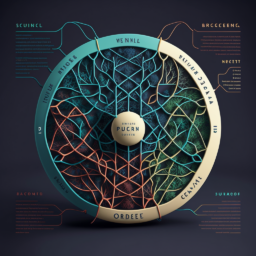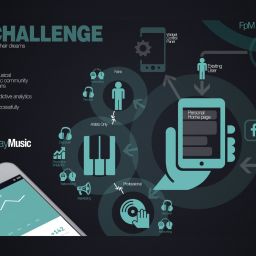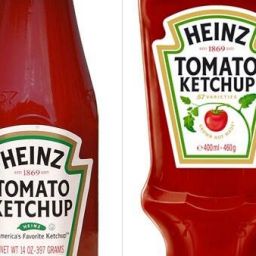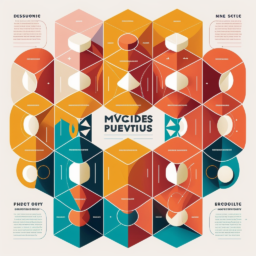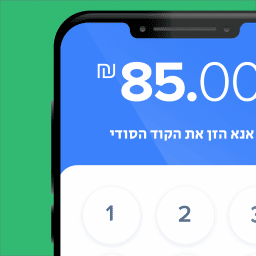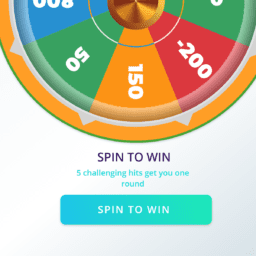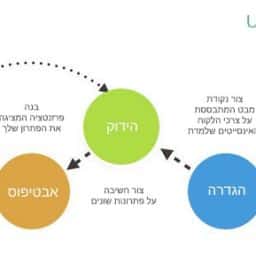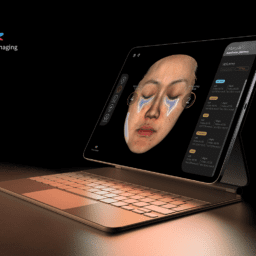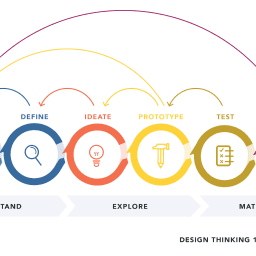UX, a simple, intuitive and creative solution to problems or challenges that are often found in the digital world
As an expert UI UX, part of my job definition is to provide a simple, intuitive and creative solution to problems or challenges that are often found in the digital world.
The truth is that this expertise does not end only in the digital world and I often find myself analyzing a situation or chain of situations that have considerable challenges in the physical world.
The challenge I want to analyze for you this time is quite a challenge, Traffic violations.
From the first day that man invented the vehicles, traffic offenses were also created. And the state, in accordance with this, is constantly updating sets of solutions for new traffic offenses that are created over time due to new realities in the world of traffic (traffic jams, roads, new speeds, etc...)
How the enforcement authority and the state handle traffic offenses (as in almost every other field) is outdated and probably does not work in such a way that prevents a higher percentage of traffic offenses. Take, for example, the bottle and can recycling law. of genius! The day this law went into effect, miraculously, this nuisance that we were so used to disappeared. Disappeared not only because it is a WIN-WIN for all parties but primarily and mainly because there were here immediate measured value. You pick up a bottle, get money for it.
In the world of traffic offenses, it is not like that, at least not in 90% of them. Apart from really serious offenses such as driving while disqualified or extreme driving, most of the offenses have a punishment that is not adapted to the purpose.
The method
Let's talk about the method. So as in the world of UX, here too we must polish the value that the user (the criminal driver) receives. Value can be positive or third of course. If the value is positive - the visitor will want to be there and if the value is on the negative side of the scale - the visitor will want to avoid it at all costs. Looking at the traffic offenses and the number of accidents and casualties, I don't need to understand much to know that there is an inadequacy between the punishment proposed today and the value the driver was exposed to.
The negative value in this punishment is divided into two:
punishment - Punishment for a traffic offense ranges from a wide range of options: disqualification, fines, confiscation, preventive driving course and administrative disqualification. Most penalties amount to fines or fines and points. If we said that traffic offenses have a measurable result on the ground, then it is enough that the majority of traffic offenses for which the punishment does not produce the appropriate deterrence will, in the bottom line, cause huge obituaries of time, money and health, and the phenomenon will only get worse.
The point method - a method that is admittedly taken from the psychology of a game in a third way that at the end, the winners get a preventive driving course. Funny, we all know this method in almost every game we play but here they chose to represent the systematic structure in reverse order. The winner is the loser.
So how do you approach looking at it outside the box?
As in any characterization and planning of a digital application or product, what produces the loyalty and stickiness of the user on a positive level is the value. As the value moves away from the balance point (it's worth my effort - it's not worth my effort) at the level of "I have something to lose here and now" the game has the potential to succeed.
My solution to the challenge combines three approaches: UX user experience, psychology of games and the Adler method
So what do I take from each method?
Adler's method - The punishment must be effective and fair and directly related to the act, at the time the act was committed or close to it. I checked - it works, it's a matter that requires commitment and creativity but it's worth every moment.
Psychology of games - Take punishment methods used in games. The truth is that every game has a goal that must be reached in a way and in time or to score points. Let's take for example Monopoly Punishment is a prison where you wait two annoying moves that might make you miss the goal in this game, same with ladders and ropes and many other games. This punishment is effective because it realizes itself on the spot and in the moment.
UX - The way to handle challenges intuitively so that you get the maximum effectiveness of the goal (maximum profit or in our case minimum profit)
the solution
instead of talking about it I will give an example:
Moshe left for work in the morning from Ra'anana to Tel Aviv, at the intersection of Ra'anana Park - 531 there are very big traffic jams in the morning and there, Moshe decided at a yellow light to cross at an unoccupied intersection and go through the traffic light.
the offense: Entering an unoccupied intersection and obstructing traffic
The result: Traffic jam, disorder at the intersection, danger of accidents and danger to pedestrians, hiding the traffic, pressuring other drivers.
The punishment: 6 points and a fine that can reach thousands of shekels, depending on the severity of the offense and the driver's record
Let's talk about the points - an old-fashioned accumulation method that doesn't work and the reason it doesn't work is because the driver doesn't feel it here and now. According to Adler it would not have worked and rightly so.
Now we will talk about the fine - a method that I admit, is not pleasant for the pocket but again, does not meet the immediate effect of the punishment (in most cases the payment is intended for two or three months) and money is only money friends, for those who have it and not, it does not really move us and makes us learn.
So most traffic offenses end up with a punishment that is ineffective for the act, this is the result we have: more accidents, more traffic jams, more pressure and stress on the road and more damage. And of course the road became a place of bullying.
The solution is simple:
The driver's goal: is to get from place A to place B.
Most offenses are committed on the narrative of speed, recklessness, and lack of consideration for others.
The immediate punishment needed to be given is related to the goal:
A fine, of course, to finance the enforcement system
And the most effective thing: give a phone number, receive an SMS from us. You have 10 minutes to find a parking space and wait X amount of waiting time it will take. Do you want to spice things up a bit more? The driver will be required to answer a number of questions related to driving as part of his waiting time.
The enforcement is automatic and digital and hurts the driver where it bothers him the most. The story the driver tells himself should be like this: "For this nonsense I ruined my morning, or the day". How many times like this and I promise you that the world of minor traffic offenses will look different.

The enforcement is automatic and digital and hurts the driver where it bothers him the most. The story the driver tells himself should be like this: "For this nonsense I ruined my morning, or the day". How many times like this and I promise you that the world of minor traffic offenses will look different.


